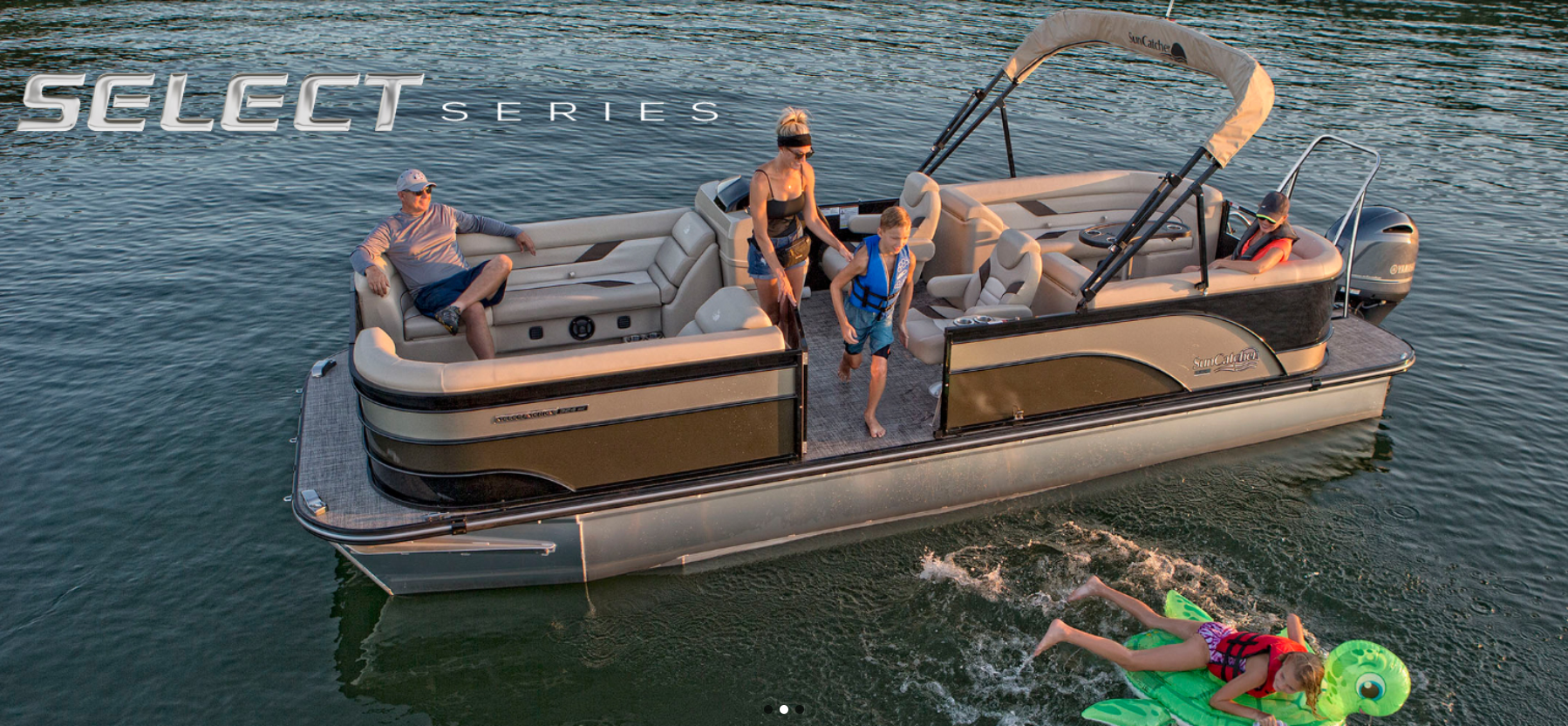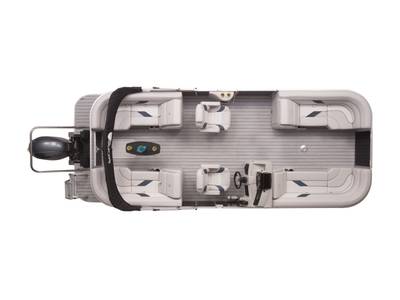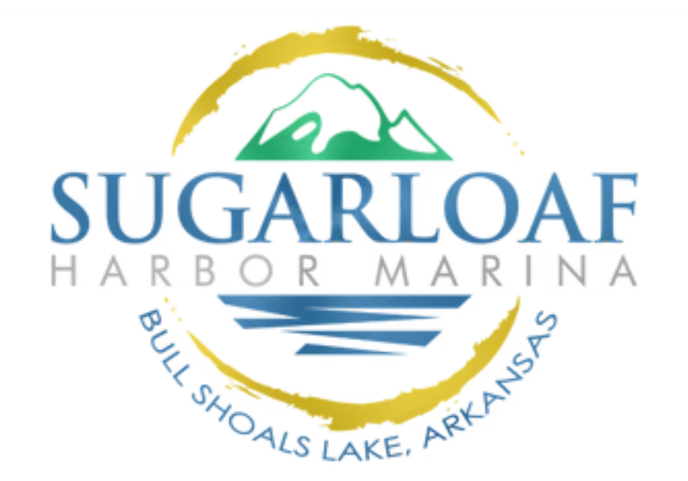

Tritoon Rental- $375/day
Call to check availability if your preferred date is unavailable and to rent boats for half day!
22' Suncatcher Select Tritoon with Yamaha 150hp motor
$375/day + gas
HOW THE DEPOSIT WORKS: $300 deposit due on your day of rental. When you arrive to check out your boat, you will pay the $300 deposit. You will receive a full refund of $300 if the boat returns in the same shape as you found it.
Comes with one awning, a tow tower, throw cushion, lifejackets and an anchor
Seats up to 10 people, 1600 pounds max capacity
Renter must be at least 25 years of age and provide proof of age. If renter was born after 1986, proof of boating license is required.
NO PETS, NO FISHING , no cooking, no smoking and no fireworks on the boats
Cancelation Policy: All rentals are final. Rainchecks will be issued for inclement weather at our discretion.
General Boating Safety:
1.Operate vessel at safe speeds for the conditions and location, no weaving through other vessels.
2.Scan the area constantly (“keep your head on a swivel”), operate vessel defensively.
3.Keep a safe distance away from other vessels, people and objects.
4.Individuals may enter the water AFTER the motor is off, keys are removed, propeller is still, and life jacket is worn properly.
5.Before starting the motor, do a head count to ensure all passengers are on board and visually inspect the area.
6.While the vessel is in motion, passengers must remain seated and away from the front, sides, rear and swim platform. Absolutely no sitting on the bow, sides or stern and swim platform.
7.The engine shutoff cord must be attached to operator’s wrist or life jacket at all times.
8.CO2 is dangerous to occupants of the vessel, be CO2 aware.
9.Refueling procedures – Do not lose gas cap. Keep nozzle tipped up to avoid spillage. Pump until shutoff or you can see that the level of fuel in the tank is full.
10.Sound five short horn blasts to signal danger or need for assistance.
11.Boats do not have brakes – stopping the engine will not stop the boat. Stopping quickly will likely be difficult or impossible if vessel is traveling too fast.
12.Proper boat anchoring procedures – always drop anchor in a visible location for other boats. Anchor off the bow only. Tie the anchor to the boat first before lowering the anchor into the water.
13.Navigation rules – When crossing the path of another vessel, always yield to the vessel on your right. It is the responsibility of the operator to slow down, stop, or steer away from any possible collisions. In meeting another vessel head-on, operator should steer to the right. Overtaking another vessel should be done to the left. Power boats must yield to sail boats.
14.If tubing/skiing/wakeboarding/knee boarding- all participants must keep a safe distance from the vessel; a spotter must be used while towing people behind the vessel; tow lines should be outside the vessel and clear of the prop, so when towing begins, the tow lines cannot touch any participant in the vessel. When the tow activities have ceased, the tow lines and equipment are to be properly stowed upon the vessel.
15.Keep all hands and fingers free from gates and hinges on the vessel.
16.Proper use of navigation and anchor lights is required.
17.While underway, all gates must be closed, and all participants must be seated inside the gate area.
18.Towing of other vessels is not permitted.
19.Always know your approximate location on the map. Use GPS or map reading skills to navigate to your destination and back.

